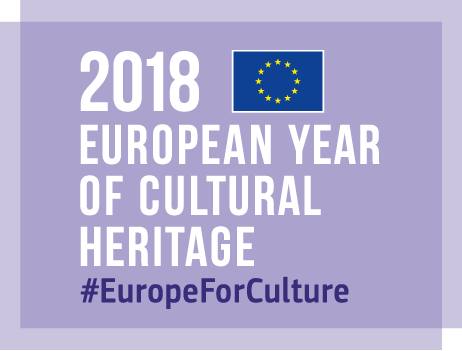One of the central themes of our project is how to balance the demands of residents, visitors and businesses with sound practices in managing cultural heritage. In urban settings, the proximity of tourist destinations to shops, schools and housing often leads to friction between the needs of an important economic sector and quality of life issues. Authorities, policy makers and other stakeholders interested in tourism, preservation, accessibility and livability face many challenges and emerging ones, such as this year’s pandemic.
The complex situation calls for sharing ideas and solutions, from the spheres of academia and from tourism professionals.
A new volume co-edited by our advisory partner, J. Andres Coca-Stefaniak, Associate Professor of Tourism and Events at the University of Greenwich, gathers socio-cultural perspectives and multidisciplinary insights, with case studies and practical suggestions for those working in urban tourism.
“The Routledge Handbook of Tourism Cities, with 40 chapters written by some of the world's leading experts in this field, was conceived and delivered in the same spirit as the SHARE project - only international cooperation can deliver meaningful innovative solutions for today's urban heritage tourism destinations. Towns and cities now host over half of the world's population. Their role in delivering memorable, and at times transformational, experiences to visitors continues to grow too. However, residents and local businesses remain their best ambassadors, whilst heritage needs to be preserved for generations to come. It is this difficult balance that the SHARE project and the Routledge Handbook of Tourism Cities attempt to address with an authoritative and international outlook. In both cases, academics and practitioners have joined efforts to deliver truly exciting insights. As a proud contributor to the SHARE project and the Routledge Handbook of Tourism Cities, these two initiatives will inspire policy makers, professionals in tourism and urban management, students, researchers and local communities.” - Assoc. Prof. Andres Coca-Stefaniak
Policy makers might also take a lesson from the responses of some tourist cities to the distancing requirements of COVID-19. This article from the National Geographic examines the designation of car-free pedestrian zones in the heart of Edinburgh's old city and elsewhere, as a means of making space available for foot traffic and outdoor dining. Banishing cars from historic centres requires political courage, and will always leave some residents and businesses unhappy. SHARE partner LAPs also address the question of reducing traffic in historic centres, and it will be interesting to see whether the changes originally made because of a health emergency can lead to permanent improvements.






